America’s bike trails offer some of the most immersive ways to experience diverse landscapes, from converted railway corridors that tunnel through mountain forests to coastal paths that follow ocean bluffs for miles. These trails provide unique perspectives on scenery that can’t be appreciated from car windows—the subtle changes in terrain, the scent of wildflowers, and the satisfaction of earning spectacular viewpoints through physical effort.
Modern trail systems have transformed abandoned infrastructure and connected communities, creating experiences that combine outdoor recreation with cultural exploration. Here is a list of 13 scenic bike trails that showcase America’s natural beauty while providing safe, well-maintained routes for cyclists of all skill levels.
Virginia Creeper Trail
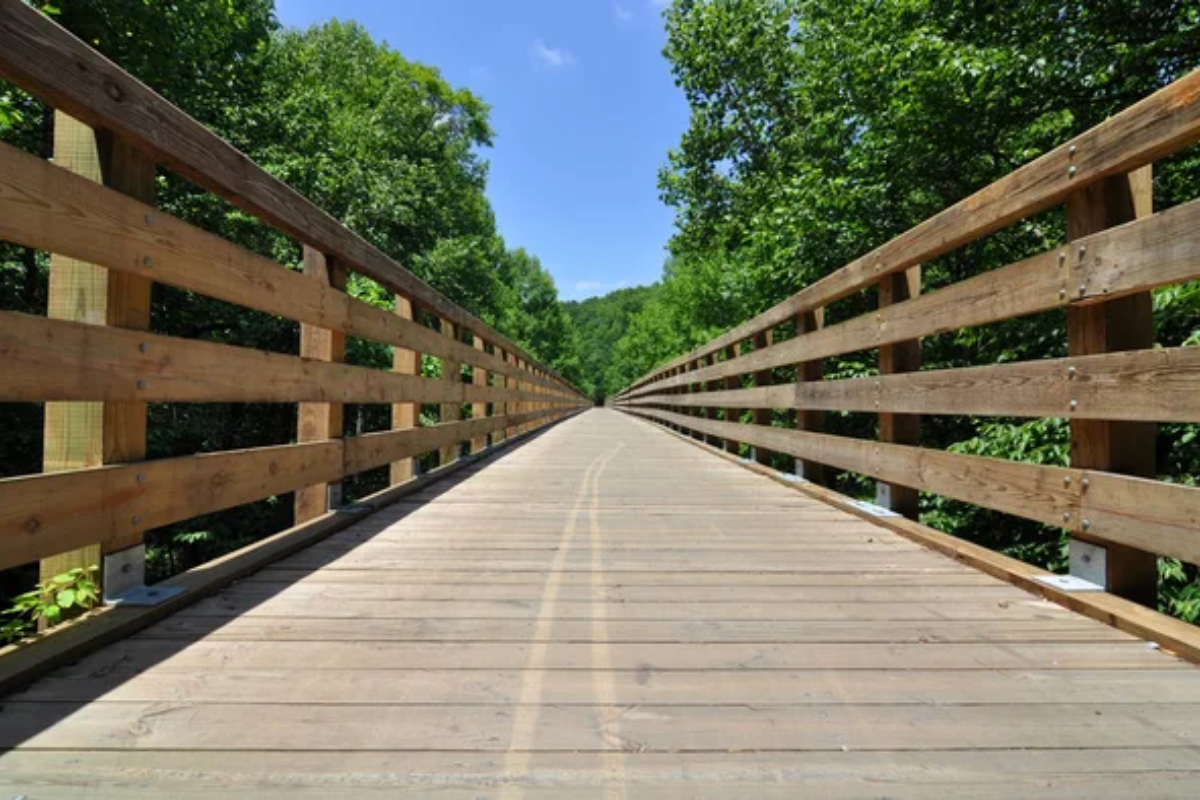
This 34-mile trail follows an abandoned railroad grade through the Appalachian Mountains, descending from Whitetop Station to Abingdon through forests, farmland, and charming mountain towns. The trail’s gentle downhill grade makes it accessible to families, while the scenery changes dramatically from high-elevation forests to pastoral valleys dotted with historic buildings.
Converted railroad trestles provide dramatic viewpoints over gorges and streams while the trail passes through Damascus, a town that has reinvented itself as a trail community. Local shuttle services allow cyclists to start at the top and coast downhill, making this trail popular with visitors who want maximum scenery with minimal effort.
Great Allegheny Passage
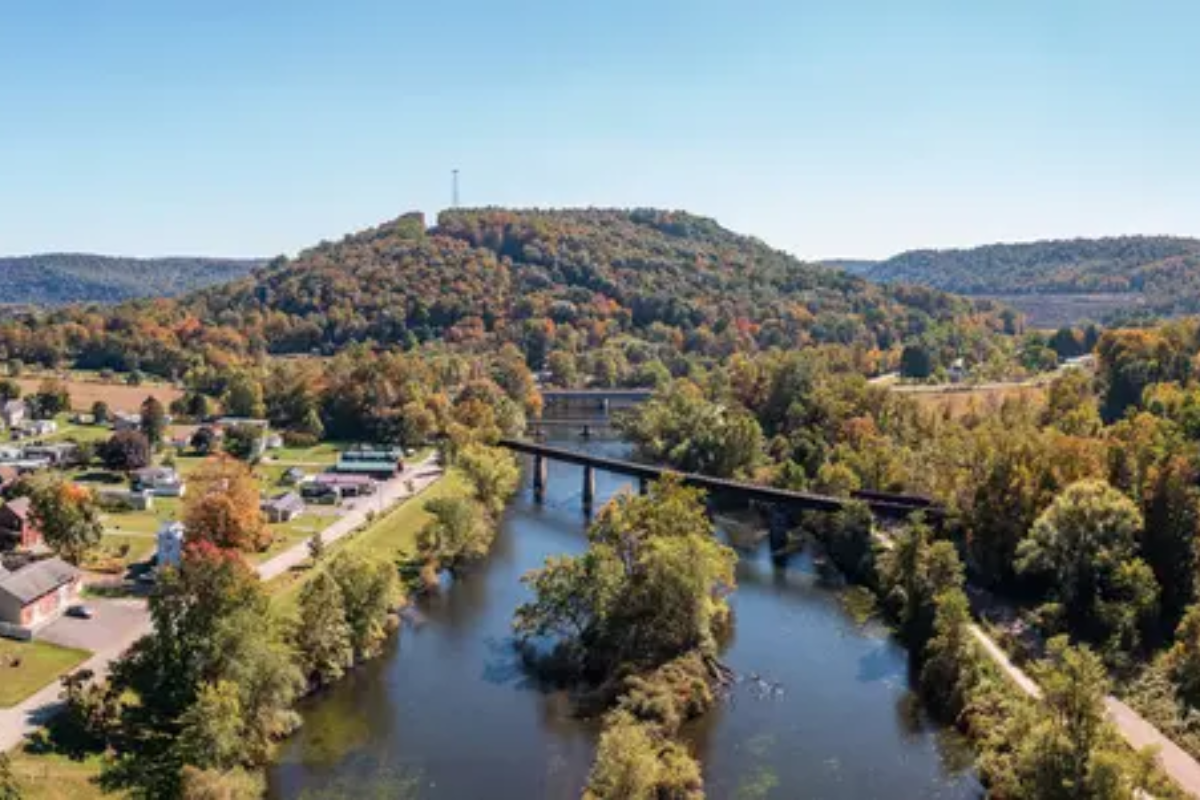
Pennsylvania and Maryland’s 150-mile trail connects Pittsburgh to Cumberland along former railroad corridors that wind through the Laurel Highlands and Appalachian foothills. The trail’s crushed limestone surface accommodates everything from road bikes to fat tires, while converted stations provide rest stops with historical exhibits and local food options.
Cyclists pass through distinctive regions—industrial heritage sites near Pittsburgh give way to rural farmland, then mountainous terrain with tunnels and high bridges. The trail’s connection to the C&O Canal Towpath creates a continuous route to Washington, D.C., making it possible to bike from the Great Lakes to the Atlantic Ocean.
Like Travel Pug’s content? Follow us on MSN.
Katy Trail
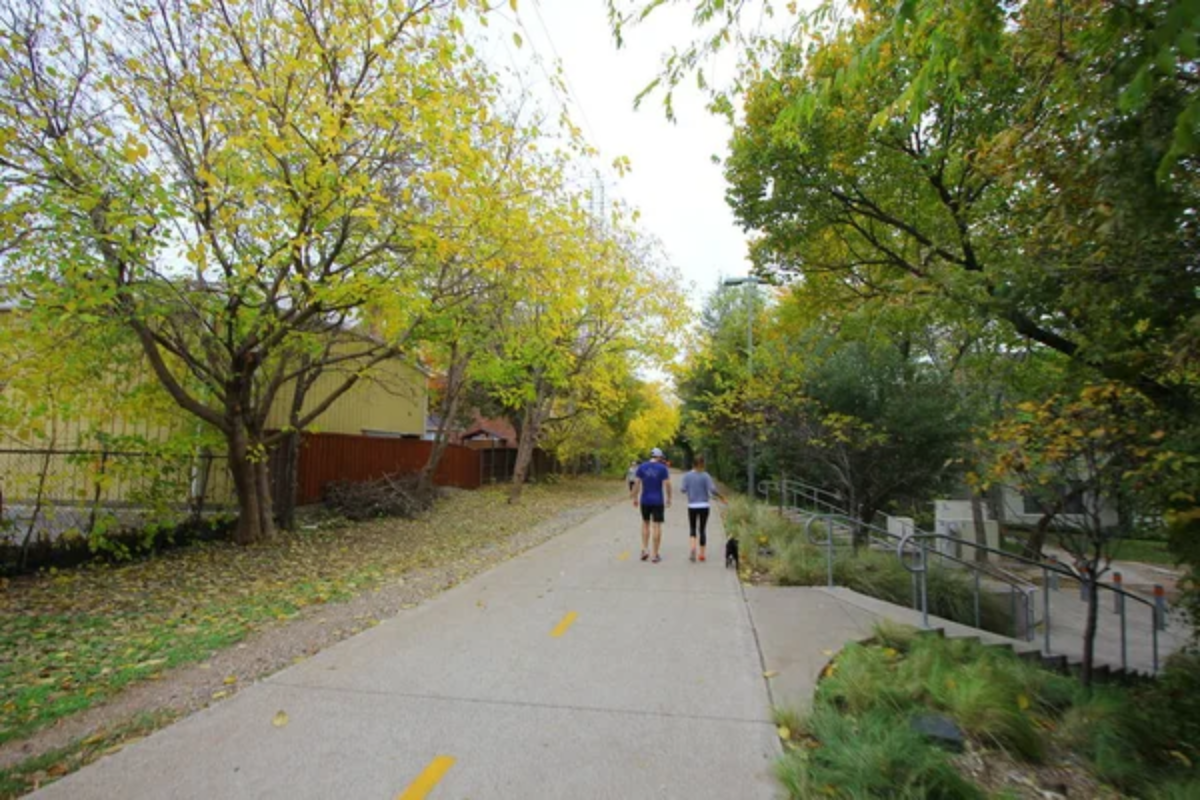
Missouri’s 240-mile trail follows the Missouri River through wine country, historic towns, and diverse ecosystems on a converted railroad corridor. The relatively flat grade makes long-distance cycling accessible, while trail towns provide opportunities to explore German heritage sites, antique shops, and local restaurants.
The trail passes through different climate zones, from prairie grasslands to forested river bottoms, with scenery that changes seasonally as wildflowers bloom and leaves change color. Local wineries near Hermann and Augusta offer trail-side tastings, creating a uniquely American cycling experience that combines outdoor recreation with cultural exploration.
Mickelson Trail

South Dakota’s 109-mile trail winds through the Black Hills from Deadwood to Edgemont, passing through converted railroad tunnels and over-restored trestles with panoramic mountain views. The trail’s crushed limestone surface and gentle grade make it suitable for families, while the scenery includes everything from ponderosa pine forests to prairie grasslands.
Historic mining towns along the route offer services and attractions, from Deadwood’s casino district to Lead’s mining heritage sites. The trail’s remote sections provide opportunities to spot wildlife like deer, turkey, and occasional mountain goats, while overlooks reveal expansive views of the Black Hills landscape.
Burke-Gilman Trail
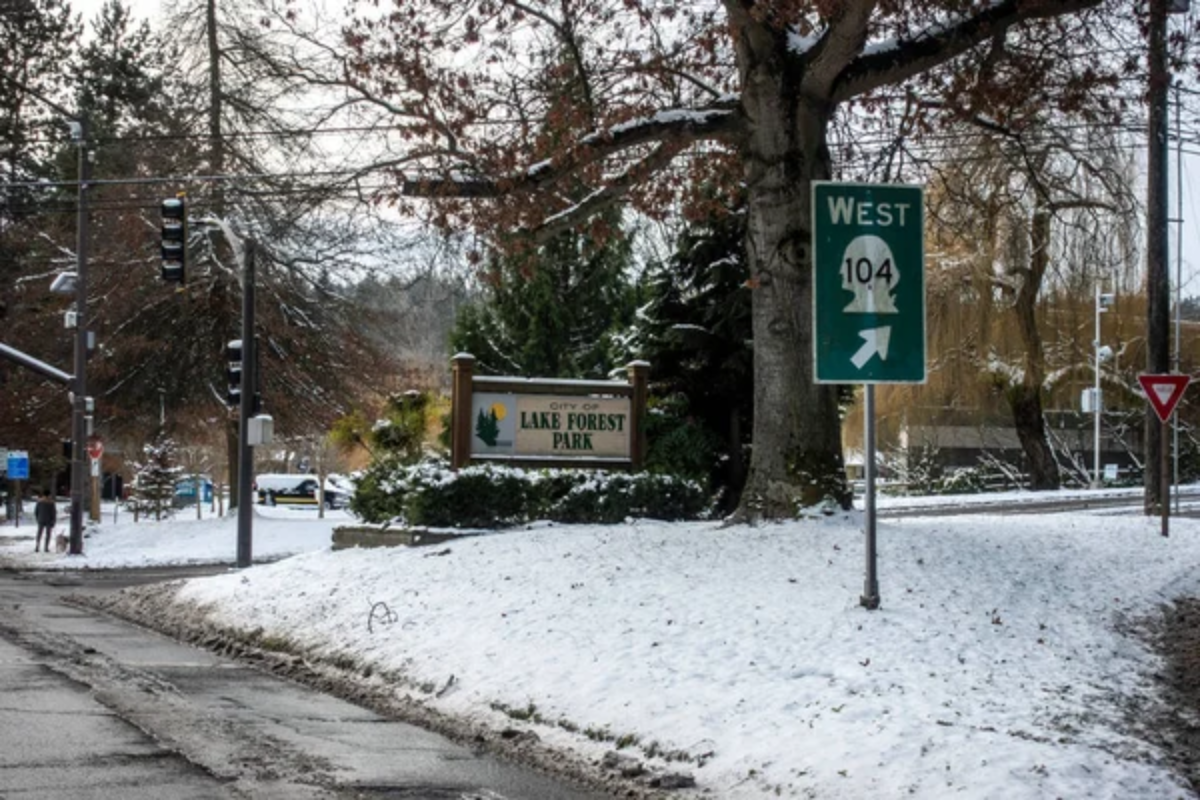
Seattle’s 27-mile trail connects urban neighborhoods to rural communities via a converted railroad corridor that showcases the Pacific Northwest’s diversity of landscapes. The trail starts in urban Ballard and follows the Lake Washington shoreline through parks and residential areas before reaching Bothell’s rural countryside.
Cyclists pass through distinctive Seattle neighborhoods, cross restored bridges over waterways, and enjoy views of the Cascade Mountains on clear days. The trail’s popularity has spurred the development of connected cycling infrastructure, making it possible to explore much of the Seattle area by bike.
Like Travel Pug’s content? Follow us on MSN.
American River Bike Trail
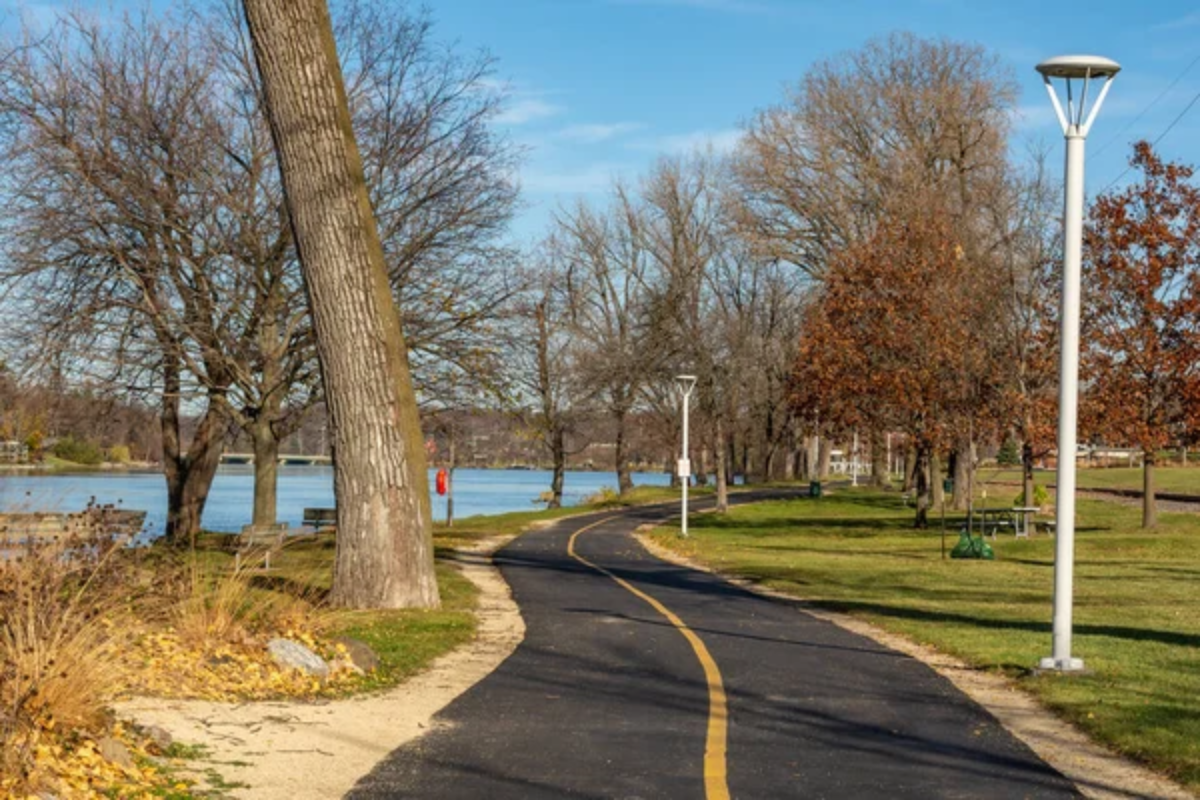
California’s 32-mile trail follows the American River from Sacramento to Folsom Lake, providing urban cyclists with access to natural areas and Gold Rush history. The paved trail passes through different ecosystems as it climbs from the river delta to foothill reservoirs, with opportunities to spot river otters, hawks, and migrating waterfowl.
Historic sites along the route include remnants of gold mining operations and 19th-century settlements, while modern amenities like bike rental shops and repair stations make the trail accessible to casual cyclists. The trail connects to other regional bike paths, creating a network that allows cyclists to explore much of the Sacramento area car-free.
High Line Canal Trail
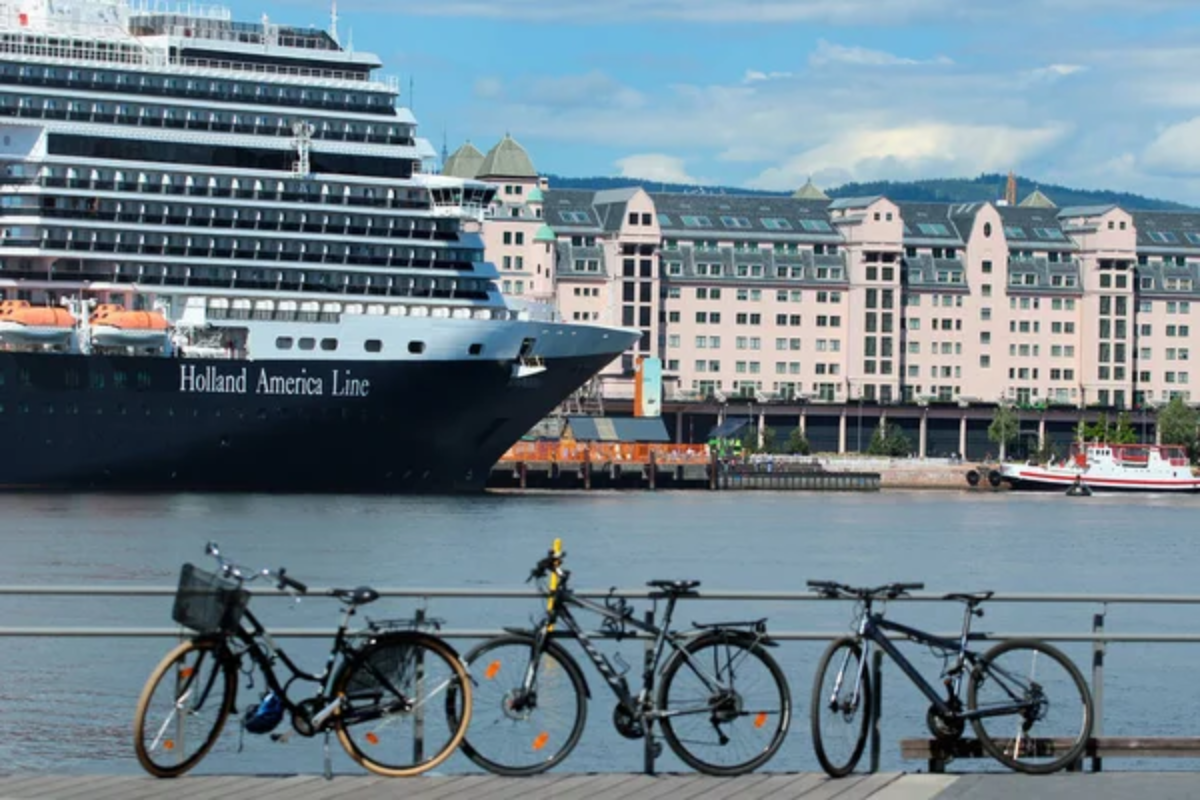
Colorado’s 71-mile trail follows a historic irrigation canal from Chatfield Reservoir through Denver suburbs to the South Platte River, showcasing Front Range landscapes and mountain views. The trail’s relatively flat grade and multiple access points make it popular with commuters and recreational cyclists, while its route through diverse communities provides opportunities to explore local businesses and cultural sites.
Prairie grasslands give way to suburban parkland, then urban neighborhoods, with the Rocky Mountains providing a constant western backdrop. Local wildlife includes prairie dogs, red-tailed hawks, and occasional deer, while the historic canal itself supports riparian vegetation and water birds.
Lakefront Trail
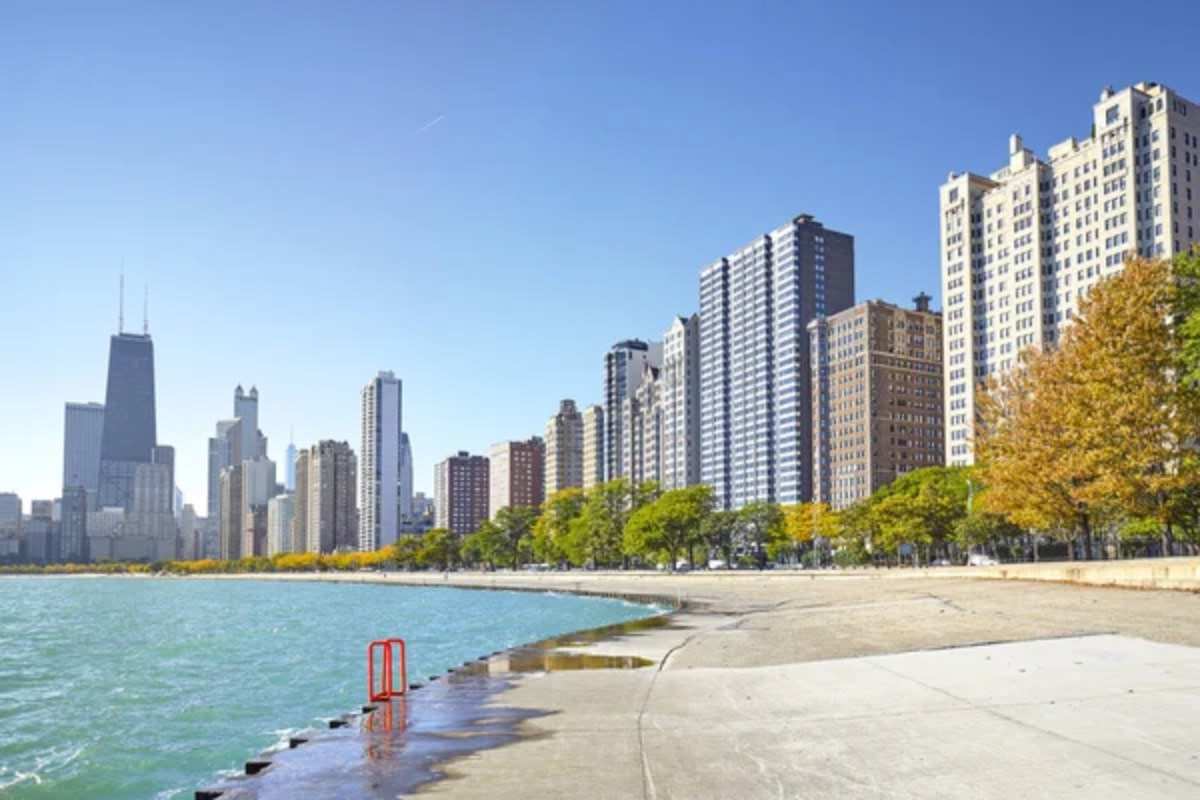
Chicago’s 18.5-mile trail follows Lake Michigan’s shoreline from Hollywood Beach to South Shore, providing continuous lake views and access to beaches, parks, and cultural attractions. The separated bike path allows safe cycling through one of America’s most densely populated areas while maintaining constant contact with the natural world of the Great Lakes.
The trail passes iconic Chicago landmarks, including Navy Pier, Grant Park, and the Museum Campus, while beaches and harbors provide opportunities for rest stops and people-watching. Local bike rental stations and repair shops make the trail accessible to visitors who want to explore Chicago’s lakefront without dealing with urban traffic.
Like Travel Pug’s content? Follow us on MSN.
East Bay Bike Path
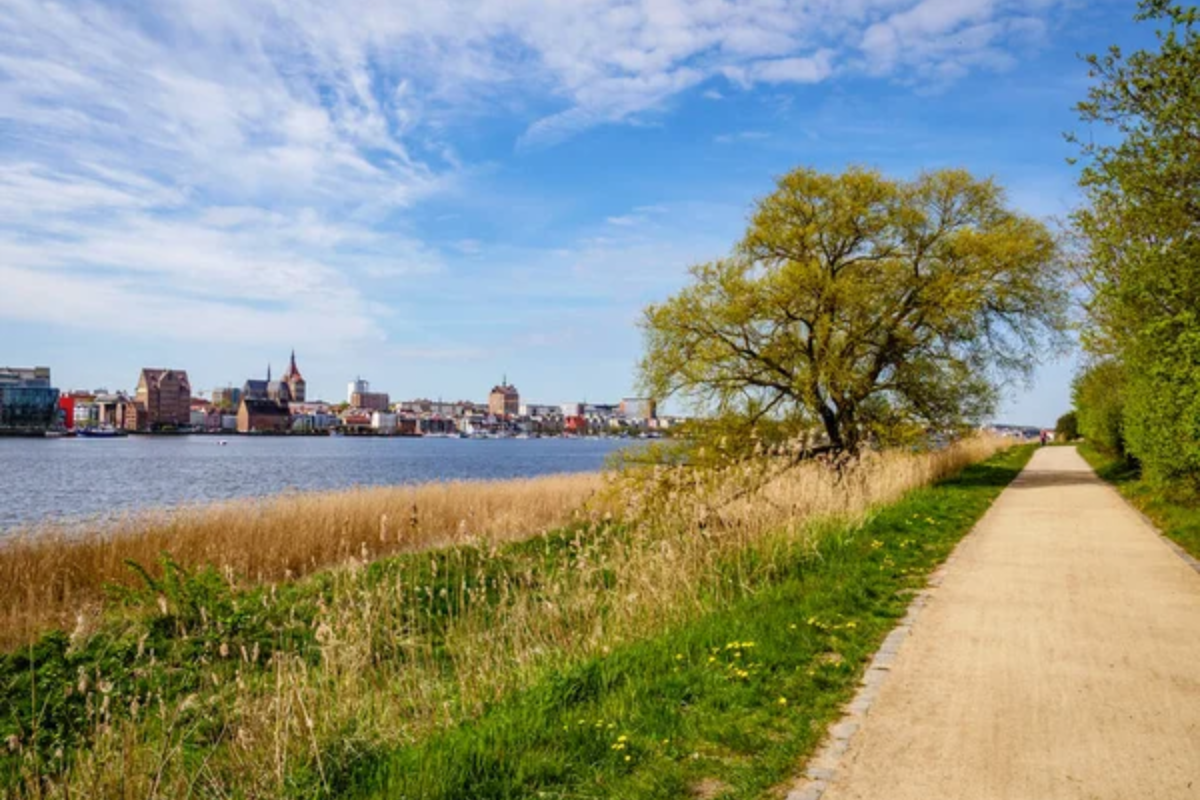
Rhode Island’s 14.5-mile trail follows Narragansett Bay’s eastern shore from India Point Park in Providence to Independence Park in Bristol, showcasing coastal New England landscapes and maritime culture. The paved trail passes through historic villages, salt marshes, and waterfront parks while providing constant bay views and opportunities to spot water birds and marine life.
Local restaurants and ice cream shops near trail access points have become popular stops for cyclists, while historic sites like the town of Warren offer glimpses into New England’s maritime heritage. The trail’s flat terrain and scenic setting make it popular with families and casual cyclists.
Legacy Trail
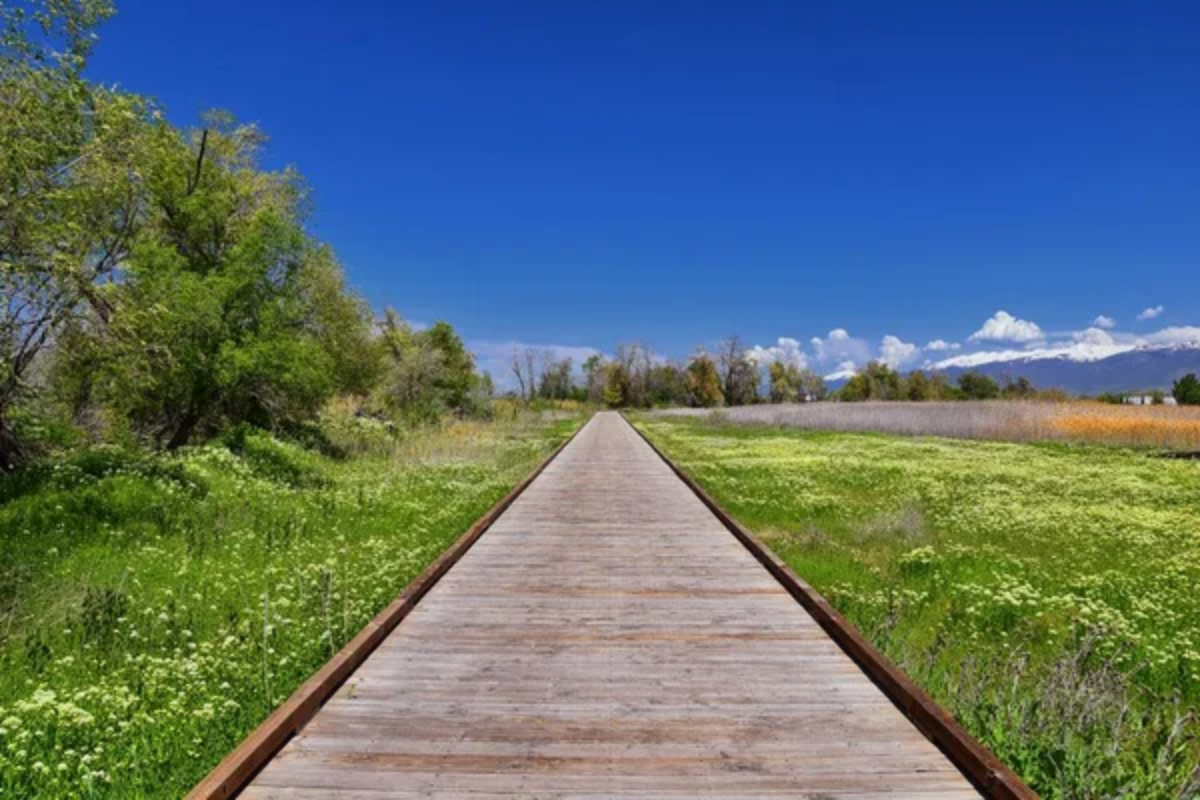
Florida’s 10.6-mile trail connects Sarasota to Venice through subtropical landscapes and upscale communities that showcase different aspects of Florida living. The paved trail passes through nature preserves, where cyclists can spot alligators, wading birds, and native vegetation while also connecting downtown districts with shops, restaurants, and cultural attractions.
Covered rest stops provide shade during hot weather, while the flat terrain makes cycling comfortable year-round. The trail’s popularity has encouraged additional cycling infrastructure, creating connections to beaches and other regional attractions.
Chief Ladiga Trail
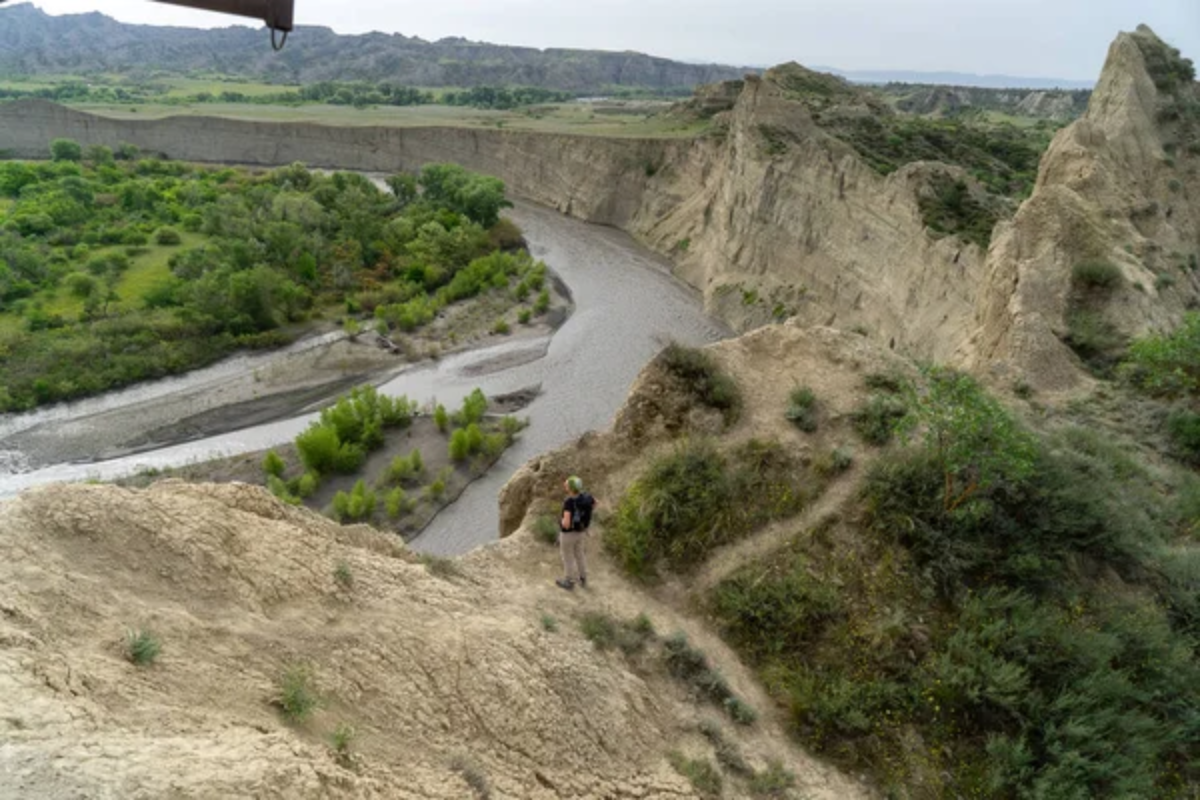
Alabama’s 33-mile trail connects Anniston to the Georgia border via a converted railroad corridor that showcases the transition from Alabama foothills to Georgia’s Piedmont region. The trail’s crushed stone surface accommodates different bike types, while its route through small towns provides opportunities to experience authentic Southern culture and hospitality.
Local historic sites include textile mill remnants and Civil War-era buildings, while the trail passes through forests that change dramatically with the seasons. The connection to Georgia’s Silver Comet Trail creates a continuous 61-mile route through rural landscapes and small communities.
Like Travel Pug’s content? Follow us on MSN.
Greenbrier River Trail
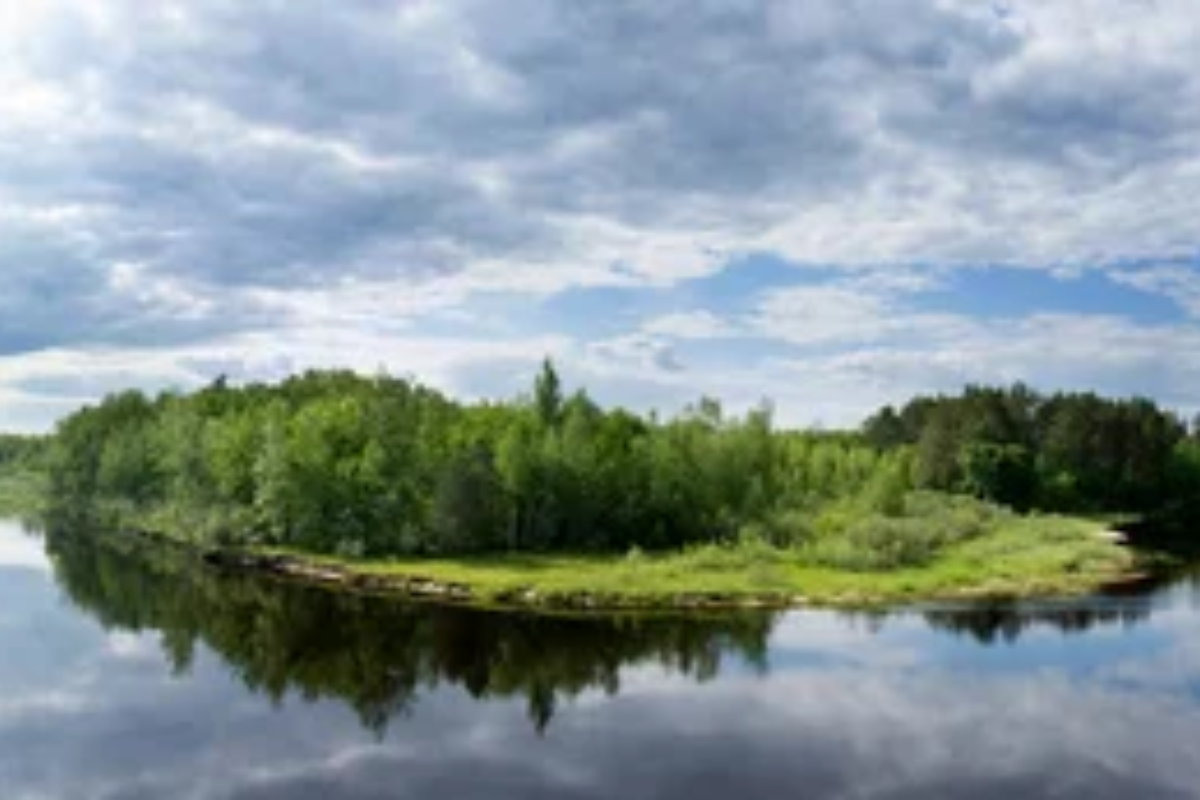
West Virginia’s 78-mile trail follows the Greenbrier River through the Monongahela National Forest, providing access to some of the most remote and scenic landscapes in the eastern United States. The converted railroad grade maintains a gentle gradient despite traveling through mountainous terrain, while dozens of bridges and the Brush Creek Tunnel add engineering interest to natural beauty.
The trail passes through small communities that have embraced trail tourism, offering local food and accommodations in beautifully preserved historic buildings. Wildlife viewing opportunities include deer, black bears, and numerous bird species, while the river itself supports excellent fishing opportunities.
Rail-Trail Hall of Fame Honoree: Elroy-Sparta State Trail
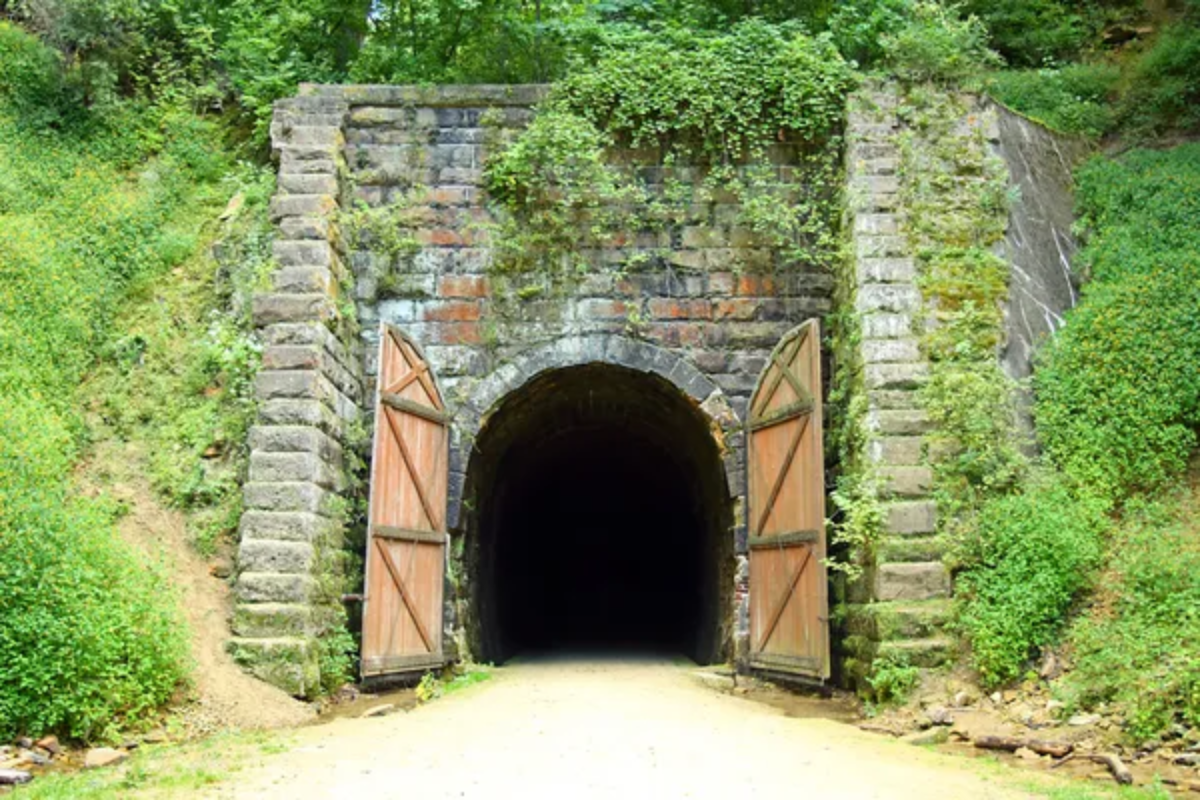
Wisconsin’s 32.5-mile trail showcases the engineering legacy of the Chicago and North Western Railway through three tunnels and numerous bridges that cross the Driftless Area’s unique landscape. The limestone ballast surface suits different bike types, while the trail’s route through the Amish countryside provides glimpses of alternative agricultural practices and traditional craftsmanship.
Local communities have developed trail-oriented businesses, including bike shops, restaurants, and bed-and-breakfasts that cater to cyclists exploring Wisconsin’s scenic regions. The trail’s tunnels maintain cool temperatures even in the summer heat, while the surrounding landscape offers spectacular fall foliage viewing.
Trails That Connect
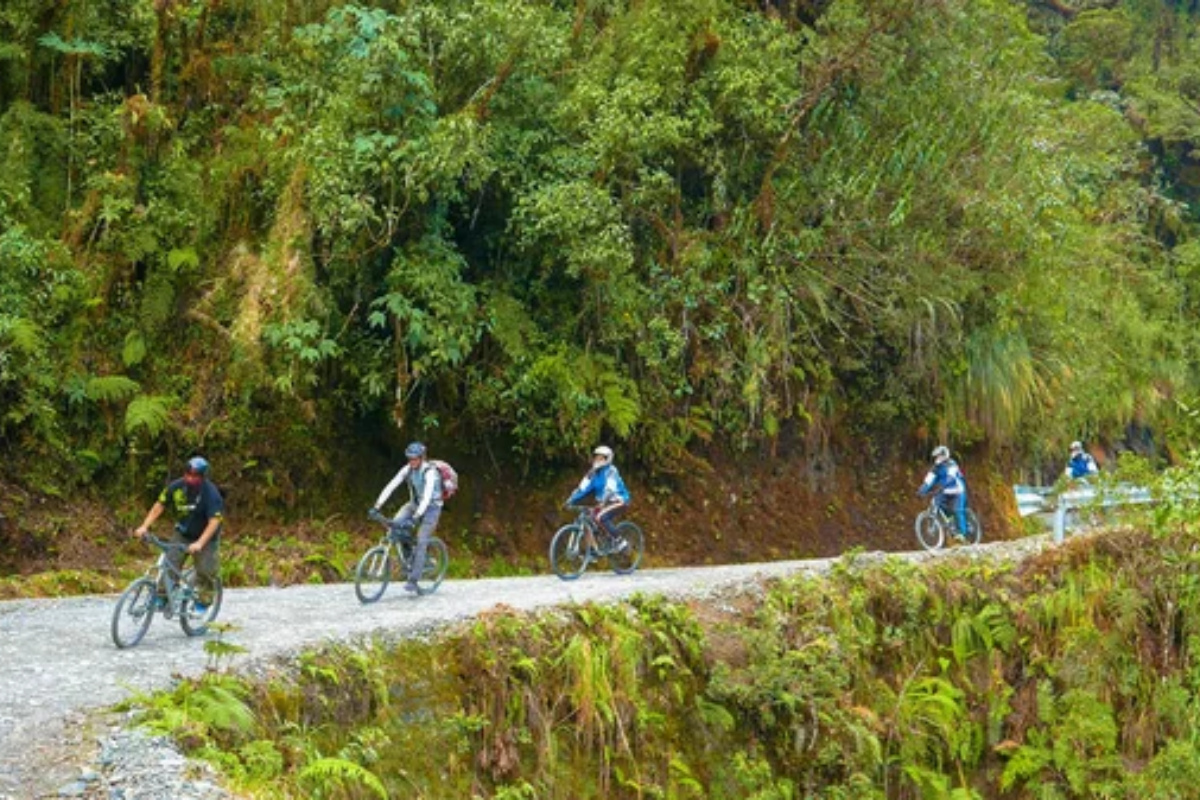
These scenic bike trails prove that sustainable transportation and outdoor recreation can coexist with historic preservation and economic development. The conversion of abandoned railroads into recreational trails has created a national network that allows cyclists to explore American landscapes and communities in ways that were impossible just decades ago.
Each trail tells stories about the regions they traverse—from industrial heritage to agricultural traditions—while providing healthy, environmentally friendly alternatives to automobile travel. The growing popularity of these trails demonstrates that Americans hunger for experiences that connect them more directly to the landscapes and communities that define our diverse nation.
Like Travel Pug’s content? Follow us on MSN.
More from Travel Pug

- Cities Growing so Fast You Won’t Recognize Them in 10 Years
- 13 Destinations Where Tourists Regularly Regret Their Trip
- 16 U.S. Cities That Are Quietly Becoming Travel Hotspots
- Where to Travel If You Love Long Bus Rides and Daydreams
- 20 Cities Perfect for Solo Travelers Who Crave Adventure & Culture
Like Travel Pug’s content? Follow us on MSN.
